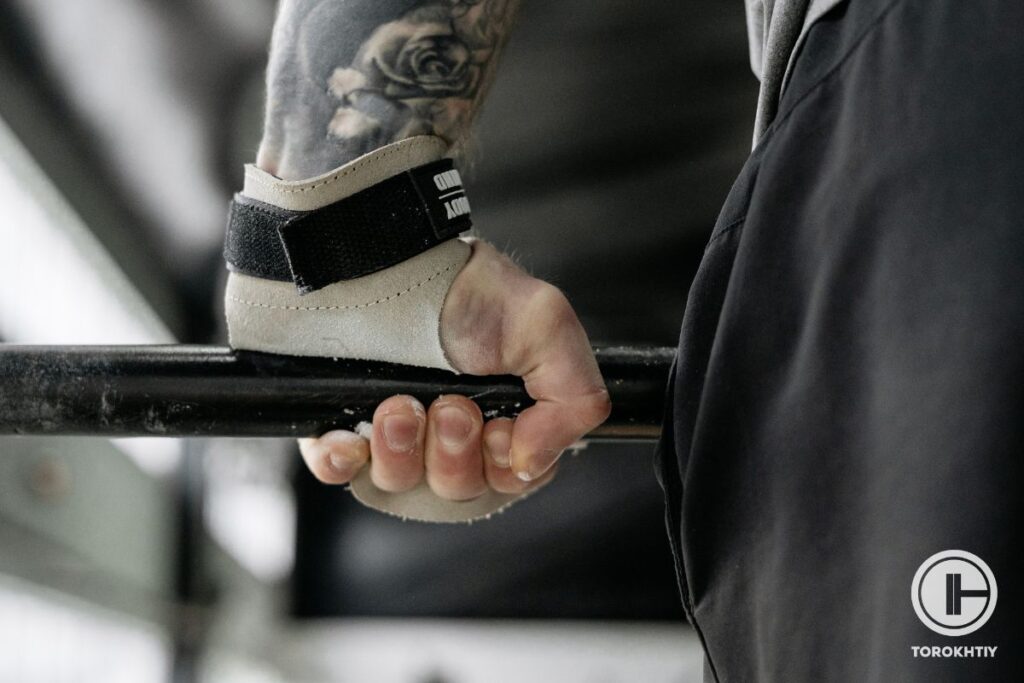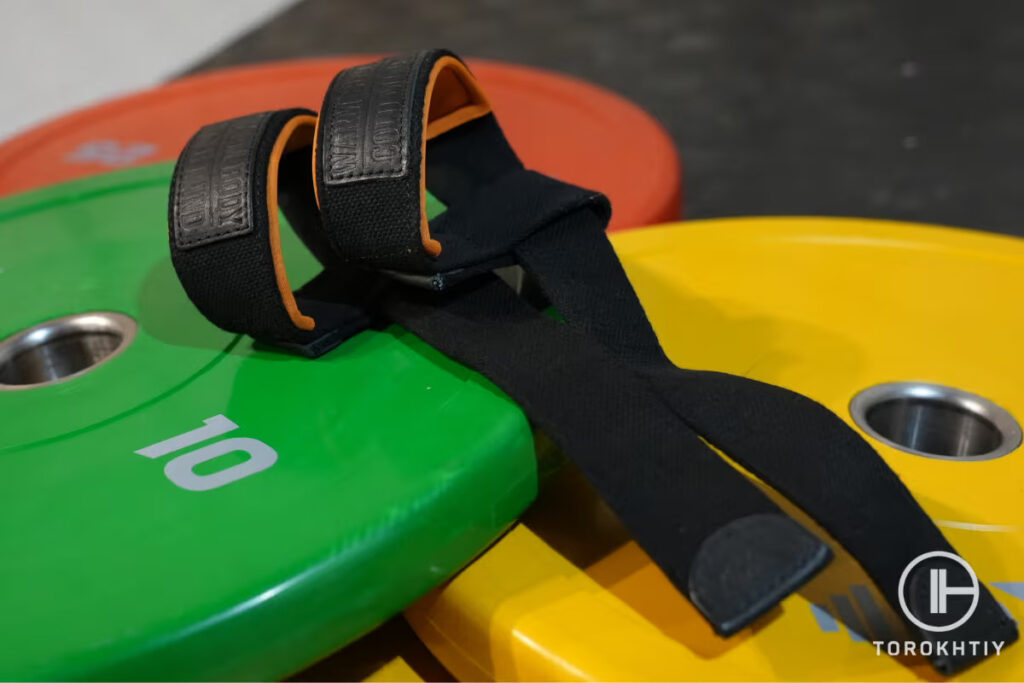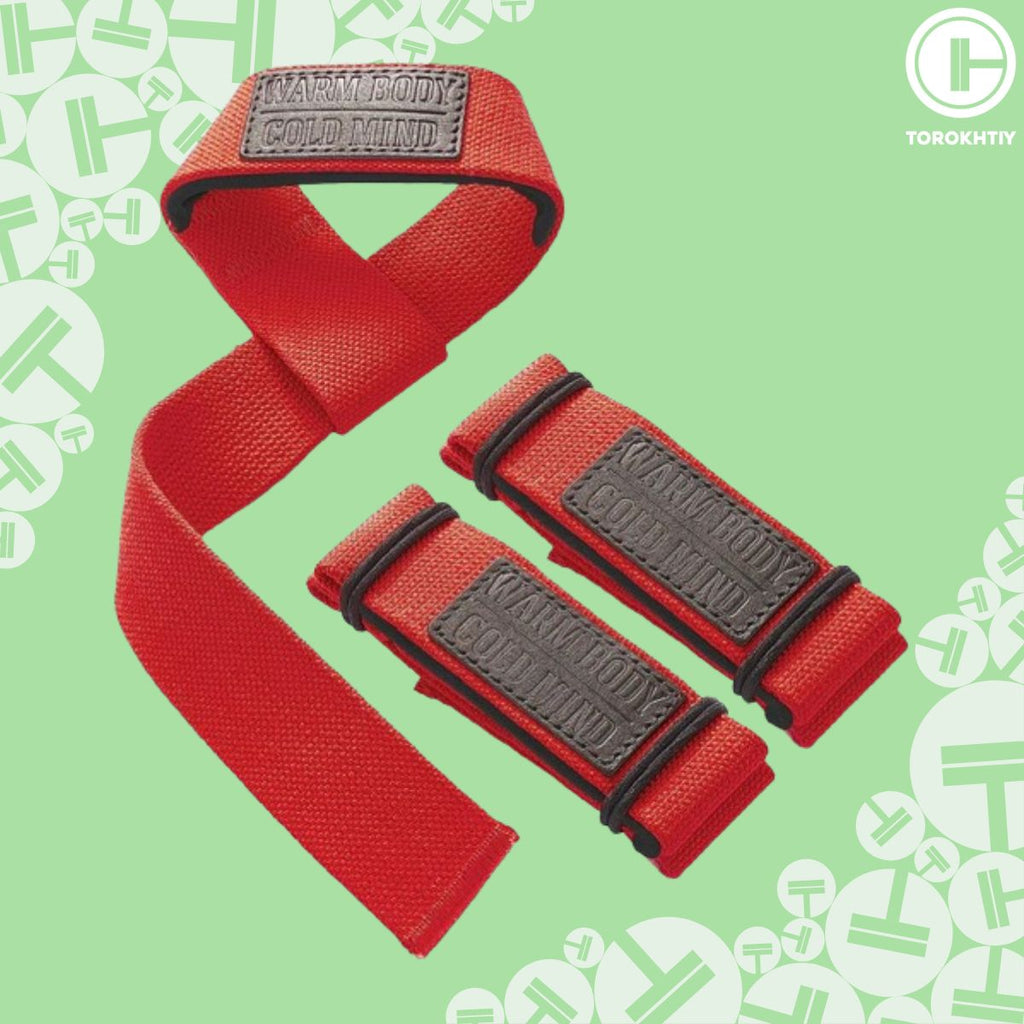Lifting Grips vs Straps: What Works Best
If you feel the lack of grip strength while approaching heavy weights, you might have thought about buying some tools to help you out. Do you wonder what is better: lifting grips vs straps? I will walk you through everything you need to know to decide and start using these helpful accessories.
The difference between grips and straps is in their benefit to different exercises. Lifting straps are light and natural so more suitable for Olympic snatches, pulls, and deadlifts whereas powerlifting grips give more support and work best to isolate muscles in bodybuilding exercises or last longer during fitness training.

What are Lifting Grips?
Hand grips for lifting provide wrist support, palm protection and, of course, a firmer grip. They are, therefore, made of a wrap to cover and keep your wrist in place, and a padded strap, which works as a protective layer for the skin and helps your grip stay secure during the whole set.
The material used for powerlifting grips is usually leather, rubber and neoprene. It makes them durable and resistant over time.
Grips for weightlifting are suitable for deadlifts, pull-ups, barbell rows, etc. One of the main benefits is that lifting grips help isolate target muscles and concentrate on them instead of thinking about your wrists, forearms, and biceps. Athletes find it especially beneficial while pumping their back. They also protect against rough bar knurling if you have calluses or torn skin.
However, hand grips for lifting are not comfortable for all exercises. For example, they are rarely used for Olympic movements, snatch or clean pulls. If you are into weightlifting, you might not find them sufficient because they can be not only uncomfortable for such exercises but also can affect lifting technique and security. Not without a reason most olympic weightlifters stick to straps.

What are Lifting Straps?
Lifting grip straps are just long pieces of nylon, leather, or cotton that are used by athletes to fasten their hands to a barbell and ensure a confident grip.
They are lighter and fit your hands more naturally. Therefore, Olympic weightlifters are the biggest fans of this accessory. They use it to perform snatches, cleans, various pulls, deadlifts, and even front squats.
You can find three types of lifting straps on market: closed loop, lasso and figure-eight. The first two options are lighter and more versatile. If you are an amateur athlete, they might be a better option. Still, if you work with extremely heavy weights in the deadlift, especially in strongman, figure-eight straps are much more secure.

Lifting Grips vs Straps
If you struggle to choose between versa grips vs straps, I have a brief comparison of both accessories for you.
1. Grip
Lifting grips give you a slightly stronger grip. They are tighter and help you hold a bar for a high number of reps without slipping. They work perfectly for bodybuilding exercises or intensive fitness sets.
At the same time, lifting straps also help your grip well. However, they usually can’t stay tight throughout a whole long set so you need to tighten them up slightly in such a case.
At the same time, lifting straps also help your grip well. However, they usually can’t stay tight throughout a whole long set so you need to tighten them up slightly in such a case.
2. Comfort
Lifting grips give you additional wrist support and palm protection if you seek an all-in-one accessory. Nevertheless, they are not that natural and comfortable on the hand. Some athletes complain about them being a distraction but others adore grips. So it’s up to you.
Still, lifting straps don’t cover your hand so tightly and don’t distract you at all. Thus, if you like natural feelings, like feeling a barbell in your hands – lifting straps are a better choice for you.
Yet, keep in mind that some lifting straps can be harsh on your skin and even leave bruises or soreness in the beginning.

3. Ease-to-use
Lifting straps demand some time to wrap them properly, especially one-handed. It is not a problem if you work at a medium pace.
However, if you need a quick solution, stick with lifting grips as you can get down to business with them almost at once.
4. Price
Most lifting straps are much more affordable than hand grips. However, they are less durable and tend to wear off relatively fast depending on the brand.
The latter can last for years if made with high-quality material, though it is pretty much costly.
Lifting Grips vs Straps for Deadlifts
If you are preparing for a competition and wondering what to choose, always check the rules before making a decision. Such accessories are often banned at particular events.
If you are looking for something to use only during workouts, analyze your purposes and preferences. Straps will give you a lighter and more natural grip, they will also be easier to put aside before the competition in case they are not allowed there.
If you are a bodybuilder and want to isolate your muscles and don’t plan to compete, you might find hand grips more effective. If you are an olympic weightlifter and looking to support your deadlift – stick with straps – you will use them more often with all of your other exercises as well.

How to Use Lifting Grips?
- Put a wrist wrap on your hand and fix it tightly but comfortably.
- Put a strap underneath and flip it over the bar.
- Put your hands over the grips and start lifting.
How to Use Lifting Straps?
- Put your hand into the lop.
- Put the tail in line with the thumb.
- Wrap it around the bar (as many times as you need).
- Grab it and slightly rotate the bar if you want to tighten up the straps.
- Start lifting.
Recommended Lifting Straps
WBCM Lasso Lifting Wrist Straps

- Type: lasso
- Size Options: One size
- Length: 22”
- Width: 1.6”
- Thickness: 0.24’’
- Material: Cotton, Neoprene
- Padding (yes/no): Yes (soft neoprene)
- Weight Capacity: 770 lbs
- Color: Black, red
WBCM straps are suitable for various equipment, apart from the bar, including dumbbells and kettlebells. Thus, any athlete from weightlifting, powerlifting, bodybuilding, fitness and functional fitness might find this accessory helpful.
These are the best grips for weightlifting for such a price. They’re made of real leather and they are 1.8 mm thick, so you get a balance between durability and comfort.
You won’t find much to complain about with these. They’re durable, customizable, really comfortable once broken in, and you have lots of colors to choose from.
FAQ
Are Lifting Straps Worth It for Beginners?
I don’t recommend using lifting straps too much if you are a novice athlete. Give your forearms and wrists at least a few months to develop enough strength and then use straps while lifting heavy weights or many reps.
Are Lifting Grips Better Than Gloves?
Lifting grips combine the features of gloves, wraps, and straps so basically, they are an all-in-one accessory and hence more beneficial.
Are Lifting Grips Cheating?
Lifting grips usually aren’t allowed at competitions because they give some benefits but feel free to use them during your workouts while lifting heavy weights. Just don’t forget to train your forearms as well.
What to choose: lifting grips or straps?
The bottom line is that everyone should analyze their purposes, exercises, and goals to decide. In any case, both grips and straps will be helpful to hit your PR. As a weightlifter, I prefer straps that are more flexible and natural for Olympic movements.
Have you ever tried any of these accessories? Share your experience and preference in the comment section.
Also read:
References:
- All photos are made by Torokhtiy Media team.
Why Trust Us?
With over 20 years in Olympic Weightlifting, our team does its best to provide the audience with ultimate support and meet the needs and requirements of advanced athletes and professional lifters, as well as people who strive to open new opportunities and develop their physical capabilities with us.
All products we select are primarily approved and tested by the Olympic Weightlifting Champion Oleksii Torokhtiy. Under his guidance, we provide honest and reasonable assessments of the products we review by checking their characteristics, packaging, design, comfort and durability features, and general product rating. We select products from only high-quality and trusted sports brands, thus vouching for their quality.
The product testing process is described in more detail here


